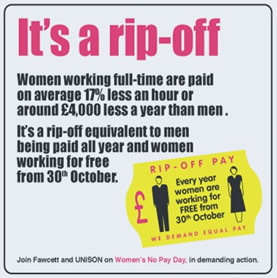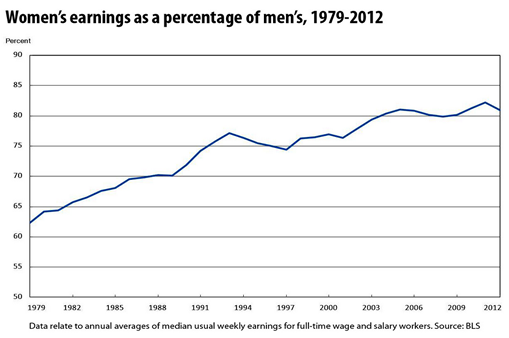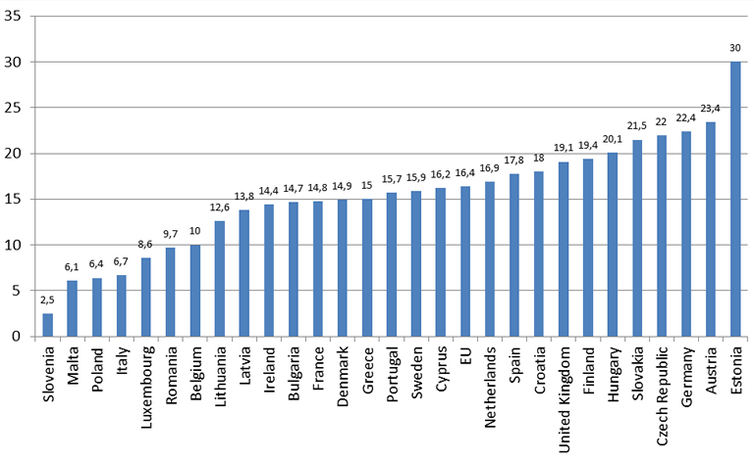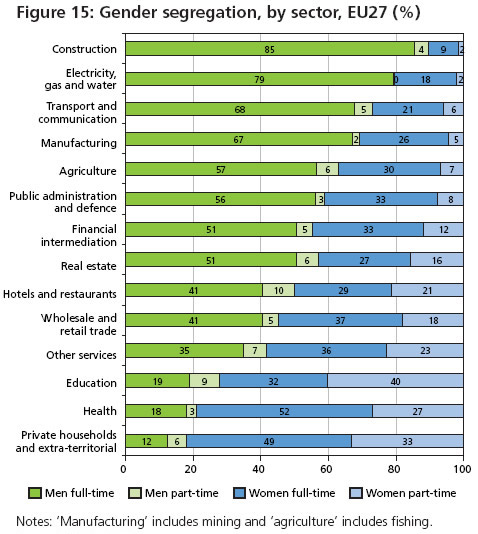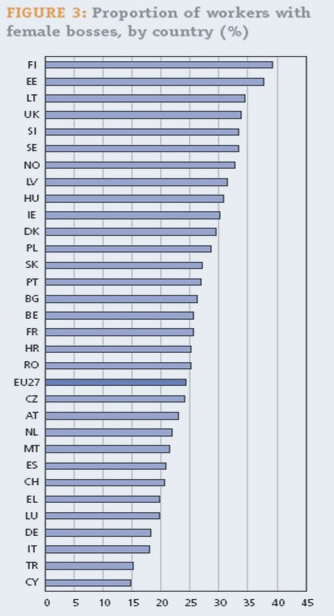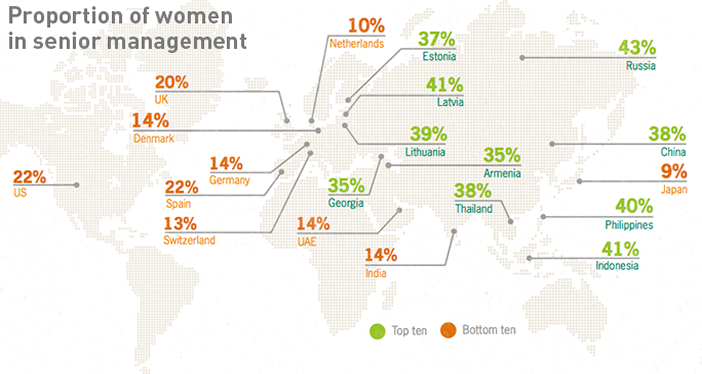| According to EUROSTAT 2012 the lowest hourly wage pay gap is found in Slovenia (2,5%), while the widest gap is in Estonia (30%) – see the Figure below. This mirrors the situation reported in the 2004 EIRO Pay
Developments update. |
|
Other countries consistently reporting
relatively narrow gender pay gaps are Malta, Poland, Italy and Luxembourg. Maltese data should however be interpreted with care as the overall participation rate of women in the labour market is very low in that country. Those with comparatively wide gaps include Austria, Germany, Czech Republic, Slowakia and Hungary. |
|
Hourly wage differentials are accentuated by the unequal distribution of income between women and men in the workforce. Data from the fourth European Working Conditions Survey (EWCS) show that women tend to be concentrated in the lowest income brackets. |
